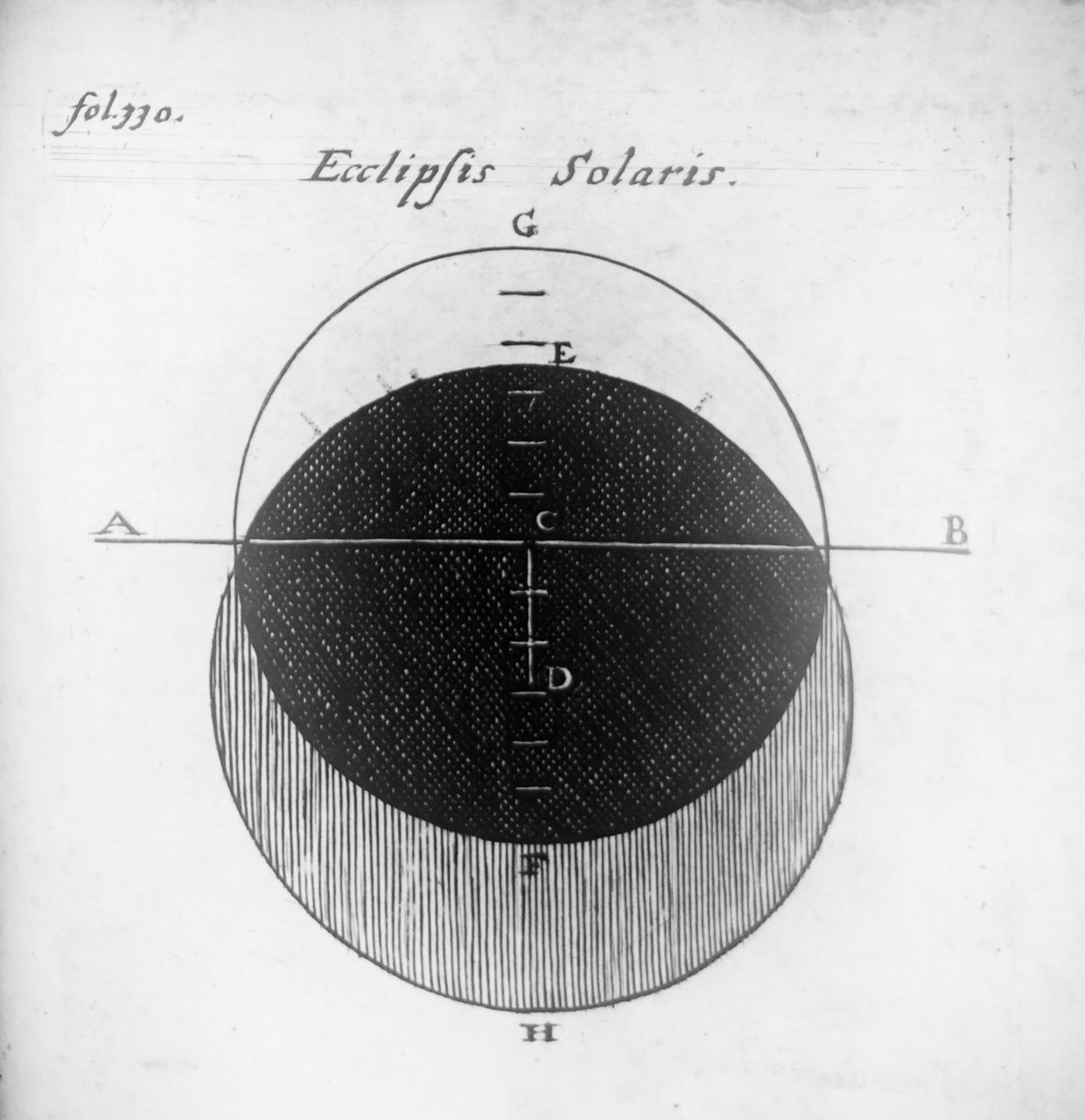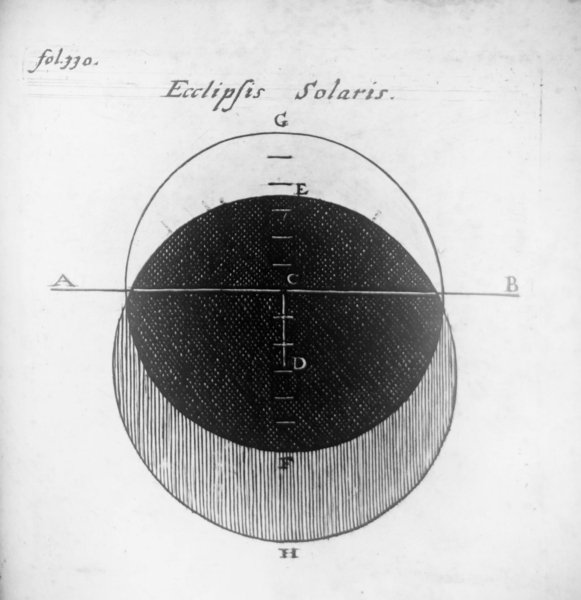Détails
Éditeurs
ex Officina Tobiae Silberling,
Thème
BRASILE 1600 OLANDA COLONIA MEDICINA COSTUMI
Description
In-16 p. (mm. 152x92), p. pergamena coeva alle armi in oro (leggerm. sbiadite), tit. ms. al dorso, 6 cc.nn. (compresa la bella antiporta figur. inc. in rame), 664 pp.num., 11 cc.nn. di Indice, con 1 tavola inc. in rame f.t. - di formato più piccolo rispetto al resto del libro - che raffigura un'eclisse solare osservata a Pernambuco (spesso mancante). A pag. 565 si legge un poema scritto da Barlaeus in latino, dedicato al rientro in patria del Principe di Nassau. "Mancano" tutte le altre tavole, ovvero: il ritratto del principe, 1 tavola con le armi di Nassau e 8 tavv. a doppia pag. f.t. ��Rara "seconda edizione" di una delle più importanti opere del XVII secolo dedicate al Brasile, cui si aggiungono per la prima volta i 4 trattati di Willem Piso, medico del Principe Johan Maurits van Nassau (1604-1679). Stampata la prima volta nel 1647 ad Amsterdam, dal Blaeu, rimase la principale fonte di conoscenza della regione per tutto il XVII secolo. ��Cfr. Choix de Olschki,I,814: Les quatre traités de Piso ont pour objets le climat du Brésil, la canne à sucre, le miel sauvage et le manioc. Une longue liste de "Vocabula chilensia" (aymarà) occupe les pp. 474-491. Ouvrage rare - Brunet,I,656-57 - Borba de Moraes,I,p. 67: This second edition is known to Brazilian bibliophiles as the little Barleu'. The plates and maps are reductions of the original. ��Caspar van Baerle (1584-1648), Barleus as used it in Latin, or Barleu as he is called by Brazilians, was one of the great humanists of Holland of the XVII century. A Latin poet appreciated in his time, he left besides his poetic works, several books on other subjects. But it is not by these works that he is remembered by posterity. �If today his name is constantly recalled it is, above all, by Brazilians, and by reason of his classic work on the government of Maurice de Nassau in Pernambuco. As many other of his works. this one was also written by commission, this time of Nassau himself who provided a great part of the documentation. The remaining documentation Barleus collected from people who had been in Brazil, among others the Portuguese Jew Gaspar Dias Ferreira. Nassau did not spare money to have his panegiric printed, and thus one of the most beautiful books on Brazil of this period was produced. Due to its sumptuousness and inestimable document value, it has been much searched for. Nowadays it is not easy to find a copy, and when one is found it commands a high price. Così Borba de Moraes,I,p. 66. ��Cfr. anche Borba de Moraes,II, p. 153: Willem Pies, whose name is known to history under the Latin form of Pisonius or Piso, was born in Leyden in the year 1611. He studied Medicine in his home town and in Caen. He practiced Medicine in Amsterdam until his departure for Brazil to substitute for Nassau's physician who died upon Piso's arrival. Piso seems not only to have been the physician to the Governor of Dutch in Brazil, but also chief of a scientific mission sent to that country by the West Indies Company at Nassau's request.��Leggerm. corto di margini; lieve alone marginale solo sulla tavola dell'eclisse; firma di appartenenza all'antiporta, altrimenti esemplare ben conservato.


Découvrez comment utiliser
Découvrez comment utiliser
